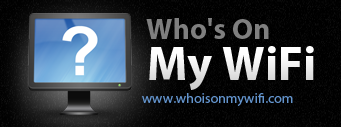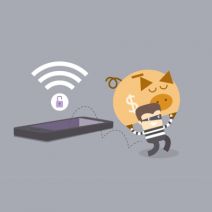Computerware Blog
Tip of the Week: Who’s Leeching Service from Your WiFi Network?
There’s a way to check who’s actively using your network in the form of a free application called Who is On My WiFi. If you’re careless about your network security, you’ll want to be especially cautious about who is lurking behind the scenes. An unsecured network could leave you completely open to attacks from malicious entities.

Of course, even those who have encryption are at risk of getting infiltrated by hackers. After all, nobody is completely safe, especially considering the amount of threats on the loose. If you’re careless (and even if you’re cautious) you’re always at risk of a hack. For example, Who is On My WiFi won’t be able to tell you if someone accessed your network before or after the check. It can only tell you what devices are connected at the current moment.
To use this application, follow these instructions.
- Install the application, Who is On My WiFi.
- Open the app, then follow the tutorial steps. Your network scan should start.
- Notice the list of IP addresses connected to your network. Each device should have a MAC address, as well as the local IP address of the modem you use to connect to the Internet.
- Identify the different devices connected to your network. You’ll have to assign labels to your devices so you can tell which IP address belongs to which device. You can assign labels by using the Description box. Afterward, click Save. If you know your MAC addresses, you’ll have a much easier time identifying which device is which.
- Look for unknown devices on your WiFi network. If you have some that are connected, you’ll probably want to change your password.
If you have any concerns at all with your business’s wireless network security, Computerware has the solution for you. Our trusted IT technicians can configure your router to lock unwelcome devices out of it, and with our remote monitoring solution, we can analyze your network’s traffic patterns for any out-of-place activity. Just give us a call at (703) 821-8200 to learn more.


Comments